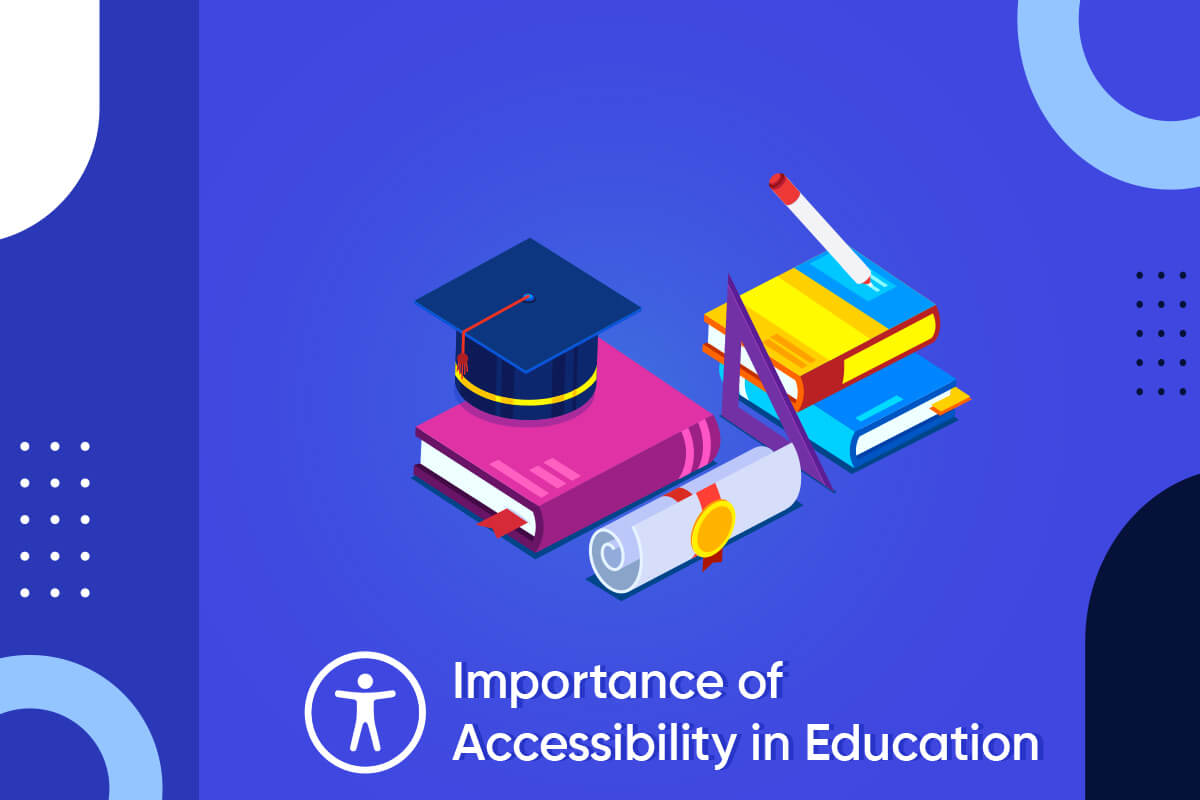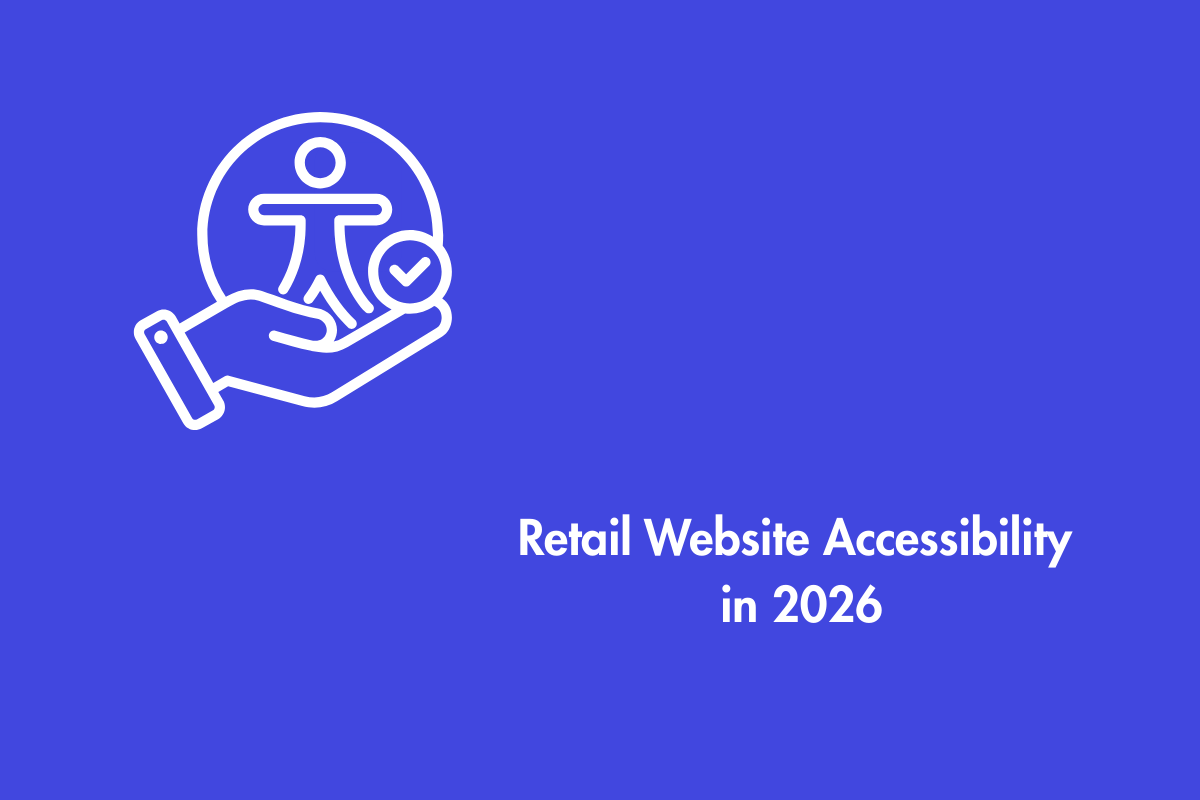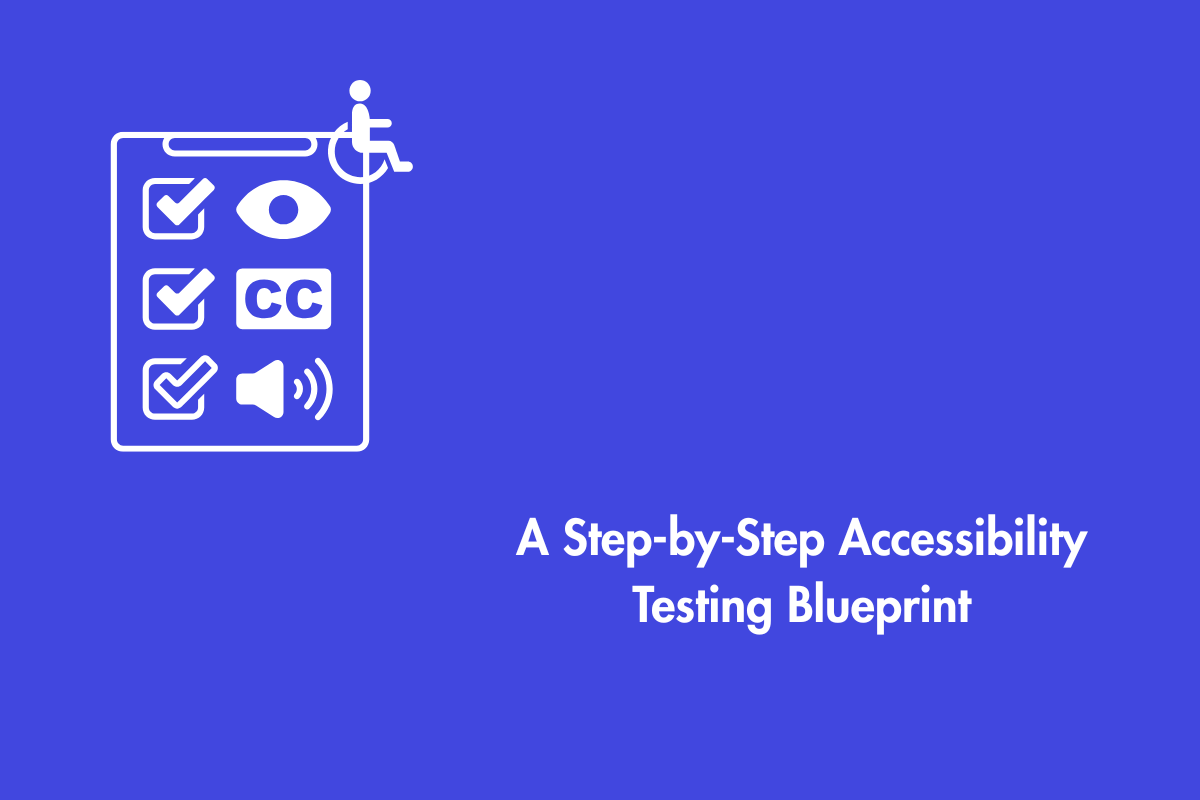Accessibility in education can be described as the design and delivery of learning material that guarantees that supports all students to participate and accomplish their learning objectives, regardless of their capacities and requirements. Physical, sensory, cognitive, emotional, and other aspects of accessibility are all included in accessibility. It also involves various dimensions, such as content, format, presentation, expression, interaction, or assessment. Accessibility is not a one-size-fits-all solution, but a flexible and adaptable approach that considers the diversity and preferences of all learners.
Table of Contents
Significance of Education Accessibility
Accessibility holds immense importance for students with disabilities who encounter numerous barriers to education, including inaccessible infrastructure, lack of assistive technology, inadequate teacher training, negative attitudes, and discrimination. Such obstacles often result in lower enrollment, attendance, retention, completion, and achievement rates among students with disabilities. This can also negatively impact their self-esteem, motivation, engagement, and overall well-being. Additionally, this may harm their self-worth, motivation, engagement, and overall well-being.
A UNESCO report uncovered that just 10% of youngsters with disabilities and middle-income nations went to class, compared to 80% of those without disabilities.
Educational institutions also benefit greatly by ensuring accessibility, as it helps upgrade their reputation, performance, enrollment, revenue, and also their social impact. By prioritizing accessibility, educational institutions can:
- Improve their reputation and image as socially responsible and inclusive organizations.
- Attract and retain a diverse and talented student and staff population.
- Enhance academic performance and quality by fostering a culture of excellence and innovation.
- Increase enrollment and revenue by expanding their market and reach.
- Reduce costs and risks by avoiding legal disputes and penalties.
Moreover, accessibility in education has a positive ripple effect on society. By educating students with disabilities, educational institutions contribute to their social and economic inclusion and empowerment. They also promote awareness and acceptance of diversity and human rights among the general public and inspire other sectors and industries to adopt accessibility practices and standards in their products and services.
Enhancing Accessibility in Education
To improve accessibility in education, educators and educational institutions must create inclusive learning environments that utilize universal design for learning (UDL) principles and appropriate assistive technology. It focuses on designing curriculum, instruction, and assessment that are not only accessible but also engaging and effective for all learners.
UDL framework is based on three principles:
- Multiple means of representation: Providing learners with various ways to access information.
- Multiple means of expression: Allowing learners to demonstrate their knowledge through various methods.
- Multiple means of engagement: Motivating learners through various approaches.
By implementing these principles, educators can design learning materials and activities that are flexible, adaptable, and customizable for different learners. Additionally, they can employ strategies like differentiation, personalization, scaffolding, and feedback to support learners’ individual needs and goals.
Educators and educational institutions must also comply with legal and ethical requirements related to accessibility in education by following relevant standards and guidelines. Laws and policies at the international, regional, national, and local levels mandate or promote accessibility.
For example:
- The United Nations Convention on the Rights of Persons with Disabilities (CRPD) recognizes the right of persons with disabilities to education without discrimination based on equal opportunity.
- The European Union Directive on Accessibility Requirements for Products and Services (2019/882/EU) establishes common accessibility standards for digital products and services across the EU member states.
- The Americans with Disabilities Act (ADA) prohibits discrimination based on disability in public and private sectors, including education.
- The Individuals with Disabilities Education Act (IDEA) ensures that children with disabilities receive free, appropriate public education (FAPE) in the least restrictive environment (LRE).
- The Web Content Accessibility Guidelines (WCAG) provide recommendations for making web content accessible to people with disabilities.b Content Accessibility Guidelines (WCAG).
While providing guidance and assistance to educators and educational establishments, these policies and laws safeguard the rights and interests of students with disabilities.
In any case, compliance can introduce challenges because of gaps or irregularities between various levels of regulation, as well as clashing stakeholder interests. Educators must consider the legal and ethical implications of education accessibility, and they must act accordingly.
Collaboration with stakeholders, including students, guardians, policymakers, and industry accomplices, is vital for further developing education accessibility. It is vital to set up networks, communities, panels, groups, or platforms for communicating, counseling, cooperating, or co-creating education accessibility. Also, it is fundamental to include students with disabilities and different stakeholders in the preparation, planning, execution, and assessment of accessibility initiatives.
What can we look forward to in the field of education accessibility?
Teachers and educational establishments should likewise team up with different stakeholders, like students, guardians, policymakers, and industry accomplices, to further develop education accessibility. They need to establish networks, communities, boards of trustees, groups, or platforms for communication, discussion, participation, or co-creation on accessibility in education.
Accessibility in education must also be designed, developed, implemented, and evaluated by involving students with disabilities and other stakeholders in mind.
Conclusion
Open schooling is a significant issue that influences a great many understudies with inabilities all over the planet. It isn’t just a right yet additionally a need to guarantee that all understudies have equivalent admittance to quality training. Openness in schooling is more than just a test in addition a chance to improve the opportunity for growth and results, everything being equal. Openness isn’t just an obligation yet additionally an advantage for working on the exhibition and notoriety of instructive organizations.
Accessibility in education is not a destination but a journey. An excursion requires steady learning, improvement, and transformation. An excursion requires vision, responsibility, and action. An excursion requires joint effort, participation, and co-creation.
So are you ready to join this exponential excursion?



